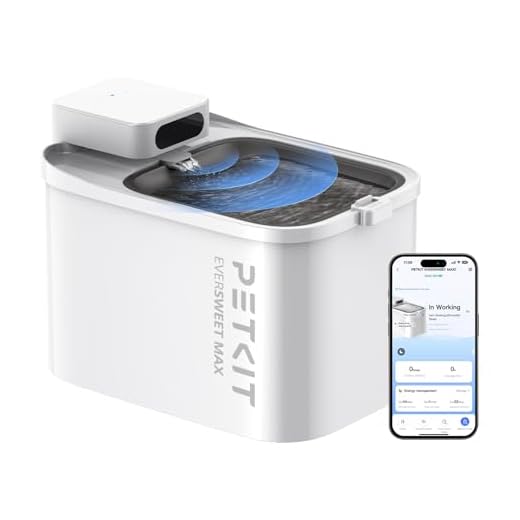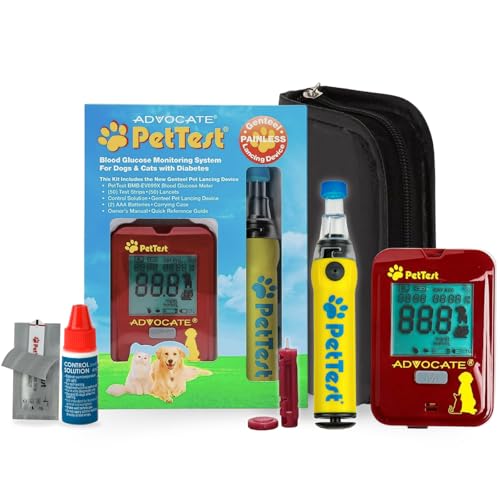




A canine can typically go around 24 hours without hydration, but this varies based on size, age, activity level, and environmental conditions. On warmer days or after vigorous play, it’s crucial to monitor their intake closely. Signs of dehydration may appear within just a few hours in extreme heat.
As a proud owner of a lively pup, I’ve learned the hard way how important it is to keep an eye on their drinking habits. I remember one hot summer afternoon, after a long walk, my furry friend refused to drink for several hours. I noticed he was acting a bit lethargic, and that’s when I realised I had to step up my game. I offered him fresh water frequently, and he quickly perked up. This experience emphasised the importance of regular hydration breaks.
In general, aim for your four-legged friend to drink about 1 ounce of liquid per pound of body weight each day. For instance, a 20-pound companion would need approximately 20 ounces daily. Adjust this amount depending on their activity level and weather conditions. Keeping a clean bowl filled with fresh liquid is a simple yet effective way to encourage them to drink more. Remember, your canine’s health depends on staying properly hydrated!
Understanding the Risks of Dehydration in Dogs
Animals can become severely affected by a lack of fluid intake within just a few hours. Dehydration can lead to serious health issues, including kidney damage and even death. Recognising the signs early can make a significant difference. Symptoms include dry gums, lethargy, and excessive panting.
One of my earlier experiences with my furry friend was a hot summer day during a long walk. I noticed he was more tired than usual and his tongue was hanging out, a sign he was overheating. After that walk, I realised how crucial it is to keep an eye on hydration levels, especially in warmer weather.
Another critical aspect to consider is the amount of activity your pet engages in. Active breeds, such as retrievers, can lose fluids rapidly through panting and sweat. I remember taking my energetic companion hiking; it was essential to stop frequently and offer him a drink to prevent exhaustion and dehydration.
Age and health conditions also play a role. Puppies and older pets are more susceptible to the adverse effects of dehydration. When I adopted an older rescue, I ensured fresh fluids were always available, as I observed he drank less than my younger dog. Regular vet check-ups can help identify underlying issues that may affect a pet’s desire to hydrate.
To mitigate risks, always provide access to clean fluids, especially during physical activity or hot spells. Monitoring your pet’s intake can be part of a routine that ensures their well-being. Understanding these risks and being proactive can lead to a healthier, happier companion.
Signs Your Canine Companion Needs Hydration Immediately
If your furry friend exhibits any of the following symptoms, it’s crucial to provide fluids without delay. Watch for excessive panting; this can indicate that they are struggling to regulate their body temperature. Dry gums are another red flag; healthy gums should be moist and pink. If you notice lethargy or a sudden drop in energy levels, that’s a clear signal that hydration is needed. Additionally, check for a loss of skin elasticity; gently pinch the skin between their shoulder blades–if it doesn’t spring back, it’s time for a drink.
Pay attention to their behaviour. If your pup is seeking out cooler areas or showing signs of distress, it’s a warning sign. Excessive drooling or a thick, sticky saliva can also indicate dehydration. Regular access to fluids is key, especially during hot weather or after exercise. If you’re unsure about your pet’s diet, consider exploring the best dog food for teacup pomeranians, as proper nutrition plays a role in hydration levels.
Being proactive about hydration can prevent serious health issues. Always keep fresh water available and encourage your pet to drink regularly. If you notice any concerning signs, take action and consult a veterinarian if necessary.
Factors Affecting a Canine’s Hydration Needs
The amount of hydration required by a canine can vary significantly based on several factors. Age plays a role; puppies and older canines typically need more liquids to stay hydrated than healthy adults. I noticed this difference with my own pet, who drinks less as he matures but still requires plenty of fluids during hotter days.
Size is another determinant. Larger breeds often need more liquid than smaller ones. For example, my friend’s Great Dane consumes far more than my little terrier, especially after playtime. Activity level is also critical. An active dog, such as one that runs daily, loses more fluids through panting and sweat and consequently needs to replenish more frequently.
Environmental conditions can greatly influence hydration needs too. Hot, humid weather increases the demand for fluids, while cooler climates may reduce it. I’ve seen my dog drink more during summer walks in the park compared to brisk winter strolls. Health status matters as well; illness or medications can affect a pet’s hydration levels. A vet visit once revealed that my dog required more water after a round of antibiotics, highlighting how health can directly impact hydration.
Diet contributes to overall fluid intake. Dry food contains less moisture than wet food, meaning canines on a dry diet need to drink more. Switching my pet to a mix of wet and dry food helped balance his hydration needs effectively. Lastly, individual preferences vary; some pets may simply prefer drinking from a bowl over a water fountain or vice versa, which can influence their overall liquid intake.
Steps to Ensure Your Pup Stays Hydrated
Provide fresh, clean liquid at all times. Change it at least twice a day to keep it appealing. I’ve noticed that my furry friend is more inclined to drink when the bowl is filled with cool, clear refreshment.
Monitor Intake
Keep an eye on how much your pet consumes daily. A general rule is about 50-60 millilitres per kilogram of body weight. If you notice a decline in the usual amount, take action.
Encourage Drinking
- Use a fountain. Many animals prefer flowing liquid, and these devices can attract them.
- Add flavour. Mixing in a bit of low-sodium broth can entice your furry friend to sip more.
- Incorporate wet food. Providing moist kibble can contribute to hydration, especially during hot days.
During walks or outings, bring a portable bowl and a bottle of refreshment. I always make sure to stop for breaks, especially on warm days, to let my companion hydrate. Watching them drink happily is rewarding.
In extreme heat, offer more frequent breaks and keep your pet in shaded areas. If it’s scorching outside, try to schedule walks during cooler times of the day.
Lastly, if your furry friend shows signs of not wanting to drink, consult with a vet. Dehydration can escalate quickly, and it’s better to be safe than sorry.







